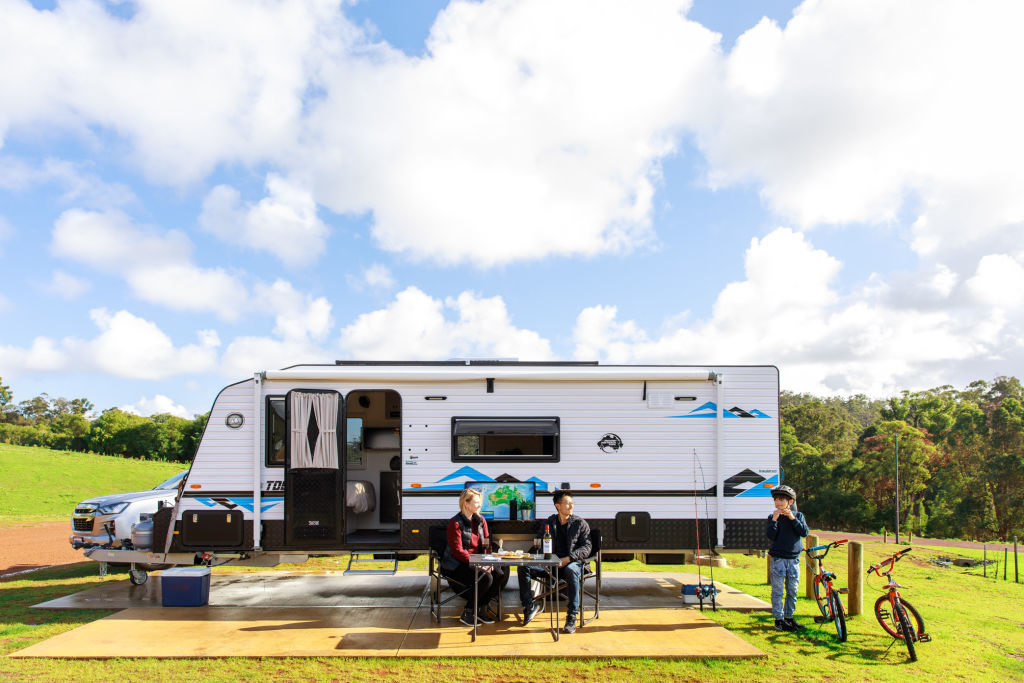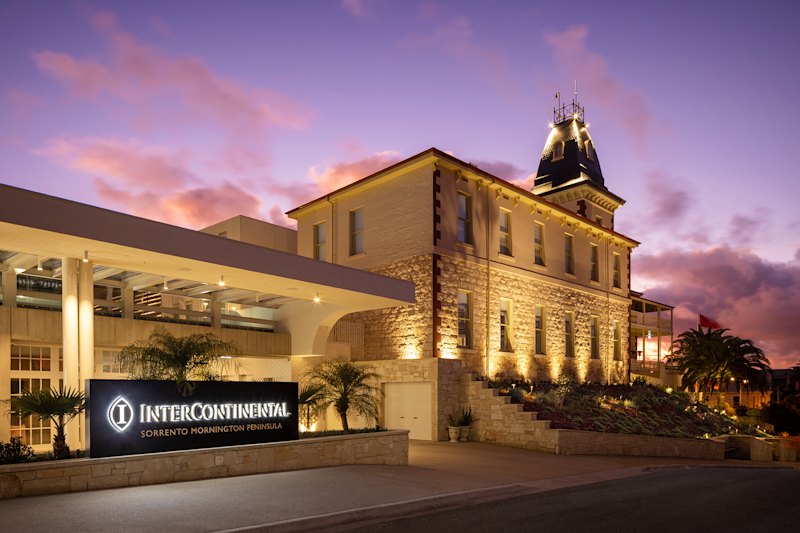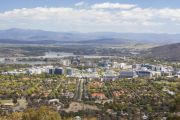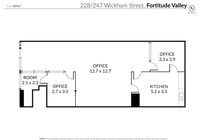
Caravan and camping trips experience resurgence in popularity
It’s not just grey nomads getting behind the wheels of caravans; more young Australians are hitting the road on holiday with caravan suppliers struggling to keep up with new orders.
With international and, in some cases, interstate holidays remaining off-limits, caravan and camping trips have experienced a resurgence in popularity this year.
After the number of overnight caravan trips across the country initially took a dive when the pandemic first struck, Western Australia was the quickest to recover, according to Caravan Industry Association of WA chief executive Julian Barry.
“The area that responded the best was Australia’s coral coast region from Lancelin up to Exmouth and Shark Bay,” Mr Barry said. In the first three months of 2020, overnight trips in the region were up 15 per cent, he said.
In the past year, caravans have appealed to wider demographics. Mr Barry said the 17-19-year-old age bracket had recorded the highest growth, while grey nomads numbers were down due to a reluctance to travel during COVID-19.
“There are a lot of people going out and buying caravans and other recreational vehicles,” Mr Barry said. “Some of the dealers, who are selling those vehicles, have a 12-month waiting list because they are waiting on stock.”
“The majority of manufacturing in Australia comes out of Victoria, and then we do a lot of importing as well, predominantly from China. Because of the demand, the supply is not up with the demand, so it’s having anywhere between a six to 12-month wait [for stock] to get there.”
Across the country, there were 4.1 million caravan and camping trips in the first three months of 2021, according to the Caravan Industry Association of Australia, equating to a total of 16.3 million nights.
It represents the largest quarter ever recorded for caravan and camping trips, up 17.2 per cent compared to 2020 and 4.6 per cent higher than the first quarter in 2019, according to the association’s National Visitor Economy Report.
Mr Barry said it was no surprise that caravanning had experienced a resurgence in popularity.
“What time has shown the industry is that whenever there is some sort of crisis, the caravan and camping industry actually benefits,” he said.
According to the RAC WA data, insurance claims involving caravans have risen more than 20 per cent during the first six months of this year, compared to the same period last year.
Despite the Caravan Industry Association of WA’s data showing a decline in the number of grey nomads hitting the road, the RAC – one of several insurers in WA – says the biggest increase in caravan insurance policies in the past year was among those aged over 50.
“We’ve seen a big spike in new caravan insurance policies taken out over the past 18 months, and that means many of these drivers will be towing caravans for the very first time, and likely to be travelling on unfamiliar roads for long distances,” RAC Communications Manager Rhys Heron said, adding the company offered free caravan safety training sessions.
The quality of caravans on the market has reached new highs and broadened their appeal, with some models now catering to families of six, accommodating a queen-sized bed and an en suite.
“But for a lot of people, it’s being the master of their own domain,” Mr Barry said. “They can get up and go wherever they like.”










